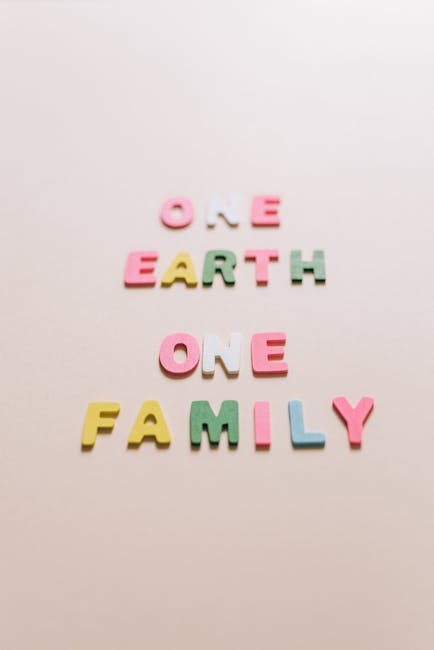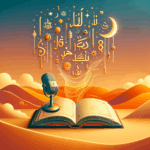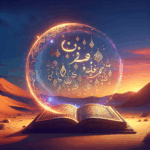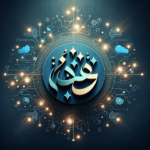The Arabic Alphabet and Its Influence on Global Peace Efforts
The Arabic alphabet is more than just a set of letters; it’s a gateway to understanding a rich cultural and historical tapestry that has influenced global peace efforts. Join me as we explore how these beautiful scripts have helped shape dialogues and foster understanding across borders.
Table of Contents
1. Introduction to the Arabic Alphabet
2. The Arabic Script: A Historical Overview
3. Bridging Cultures: The Role of Arabic in Diplomacy
4. Arabic Calligraphy: An Art of Peace ✨
5. Conclusion: A Language of Peace
6. FAQs
Introduction to the Arabic Alphabet
The Arabic alphabet consists of 28 letters and is written from right to left. Unlike the Latin alphabet, Arabic letters change their shape based on their position in a word. This fluidity of form not only makes it aesthetically pleasing but also symbolizes the adaptability and connectivity that the language brings to intercultural communication.
The Arabic Script: A Historical Overview
Dating back to the 4th century CE, the Arabic script has been a vital tool in spreading ideas and knowledge across the Islamic world and beyond. Its influence stretched from the Iberian Peninsula to the Indian subcontinent, facilitating trade, science, and cultural exchanges. These historical interactions laid a foundation for dialogue that continues to foster peace today.
Bridging Cultures: The Role of Arabic in Diplomacy
Arabic has been instrumental in diplomatic efforts throughout history. By serving as a lingua franca in the Middle East and North Africa, it has allowed for negotiations and treaties that have maintained peace in the region. The United Nations recognizes Arabic as one of its official languages, underscoring its importance in global diplomacy. 🌍
Arabic Calligraphy: An Art of Peace ✨
Arabic calligraphy is not just a writing style; it’s an art form that transcends barriers and speaks to the soul. Through exhibitions and workshops worldwide, Arabic calligraphy has become a medium for cultural exchange and mutual respect. Artists use this expressive form to build bridges between communities, promoting peace and understanding through shared appreciation of beauty.
Conclusion: A Language of Peace
The Arabic alphabet is a powerful symbol of unity and peace. Its historical significance and ongoing role in international diplomacy highlight its ability to connect people from diverse backgrounds. By appreciating and understanding the Arabic script, we take a step closer to fostering global peace and harmony. 🌐
FAQs
What is the significance of the Arabic alphabet in global peace efforts?
The Arabic alphabet serves as a cultural bridge, facilitating communication and understanding across diverse societies, which is essential for peace-building.
How does Arabic calligraphy promote peace?
Arabic calligraphy fosters cultural exchange and appreciation, bringing people together through the shared love of art and beauty.
Why is Arabic an official language of the United Nations?
Arabic is spoken by millions worldwide and is crucial for diplomatic communication, making it essential for international cooperation and peace efforts.
How can learning the Arabic alphabet contribute to peace?
Learning the Arabic alphabet opens doors to understanding a rich culture, encouraging empathy and respect for different perspectives, which are key to peaceful coexistence.
What are some ways to engage with the Arabic script?
You can engage with the Arabic script through language courses, calligraphy workshops, and cultural events that celebrate Arab heritage.






